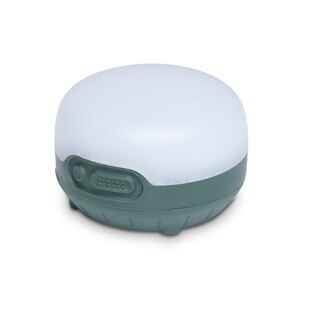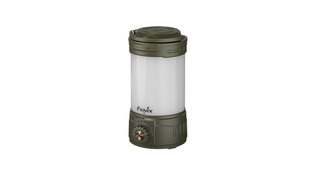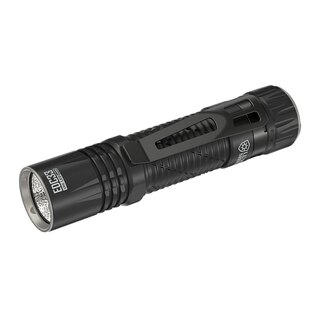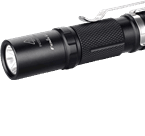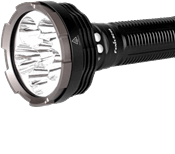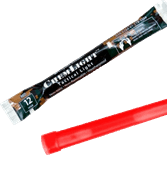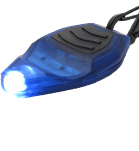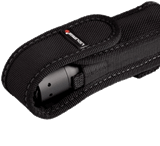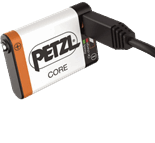Universal lights
Camping equipment includes a wide range of products. A handheld flashlight, a mobile phone light, or a headlamp can be practical, but they always come with certain limitations, which make them less suitable as a universal light placed in a specific pre-chosen spot.
Modern lamps
A good solution is a camping lantern, which, unlike a handheld flashlight, doesn't take up space in your hand and, unlike a headlamp, shines steadily in all directions. In the past, camping lanterns used to be kerosene lamps, but they were somewhat impractical and could even cause a fire. Nowadays, you can hang a lantern from the ceiling or place it on a table, which uses a battery as the power source and a bulb as the light source – mainly LED technology today.
No more dazzles
Of course, you may argue that a headlamp is enough to light up a tent. True, a headlamp is "hands-free." However, when you sit in a circle with your friends or family in the evening to play cards or share spooky stories, you'll find that the light from a headlamp can be unpleasant for some participants, especially if it shines directly into their eyes. Camping lanterns have a slightly different use compared to headlamps – while headlamps are more of a spotlight for personal use, camping lanterns serve to illuminate the surrounding area.
Practical design
Camping lanterns come in various designs influenced by the tastes of manufacturers and primarily customers. However, they should always be designed so they can be placed in the center of a table and/or hung on a nail. They should also shine in all directions or at least illuminate a larger area.
There may also be additional functional features, such as solar panels for recharging during the day or a magnet for attachment to metal surfaces.
LED dominates these days
Regarding light sources, we have either bulbs or a system of LED diodes. Although bulbs are somewhat outdated, they can be replaced, which cannot be said for LED diodes. LED diodes offer long life and bright light. They are placed on a panel that allows them to be directed in various directions (to avoid the aforementioned awkward spotlight effect).
The light source is further protected by plastic or glass to minimize the chance of damage. Regarding power sources, we encounter classic replaceable batteries or a rechargeable accumulator. The rechargeable version is more practical, but if the integrated accumulator fails, you will be left with a useless paperweight instead of a lamp. So, the choice is truly up to you.






































































































































